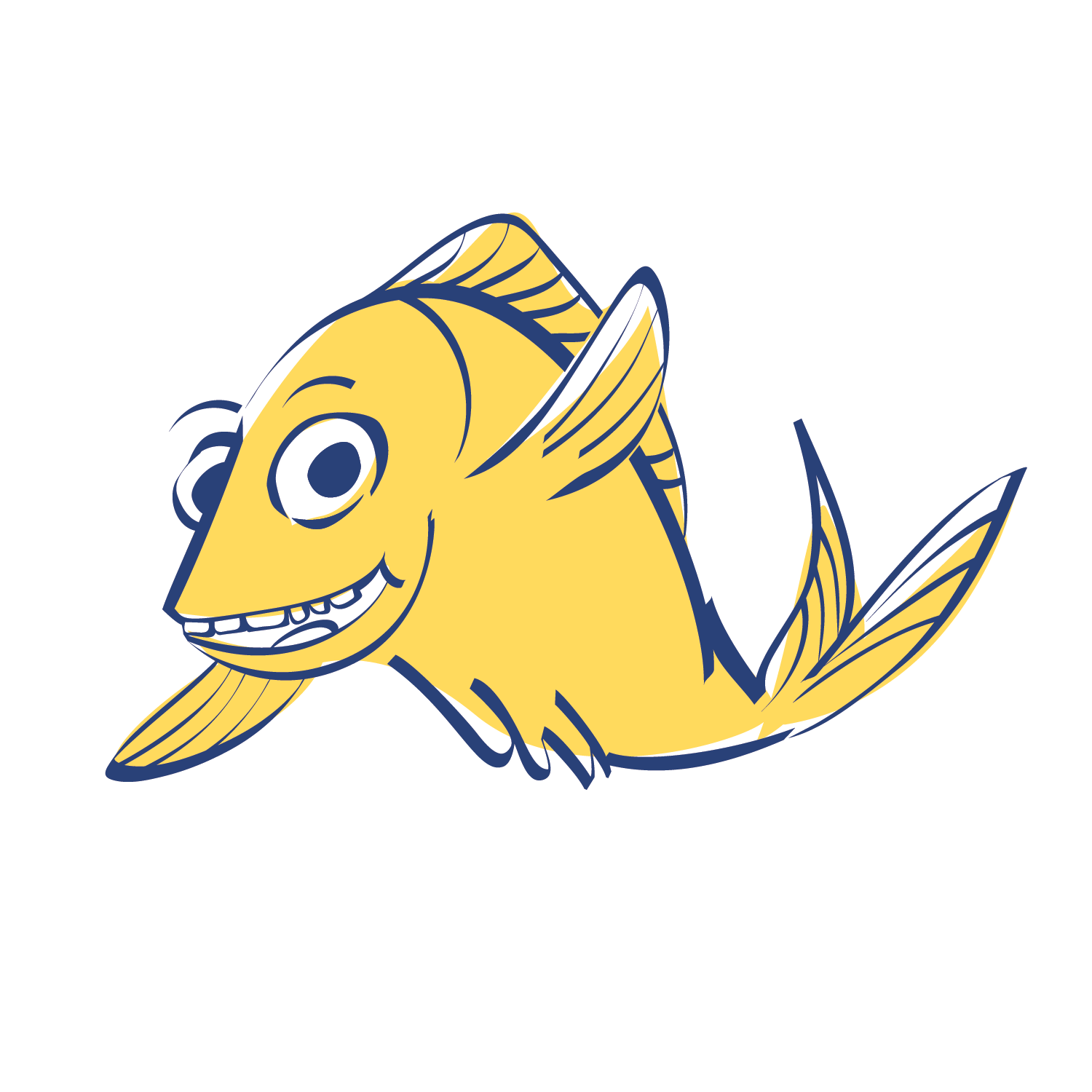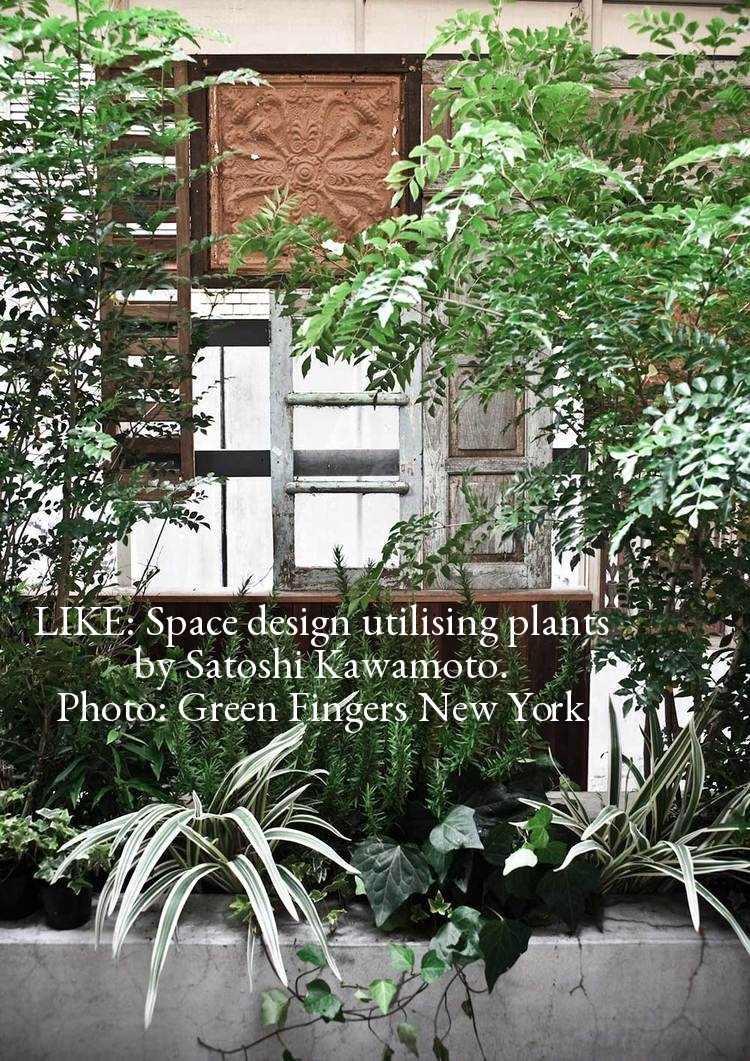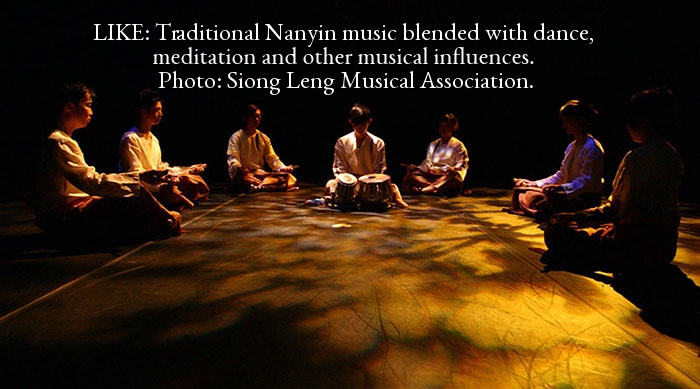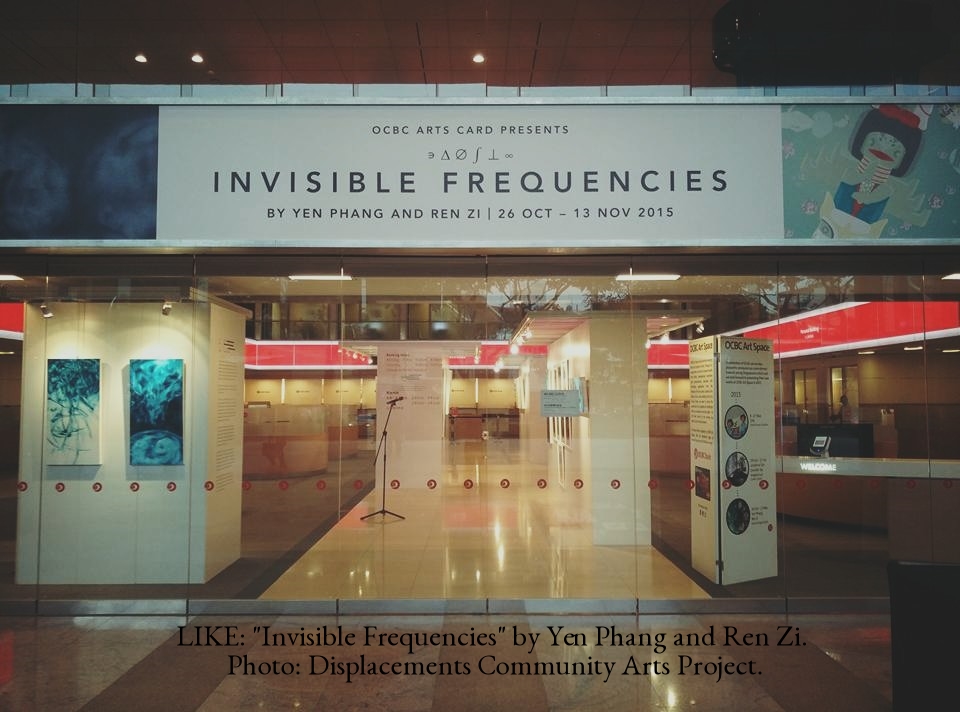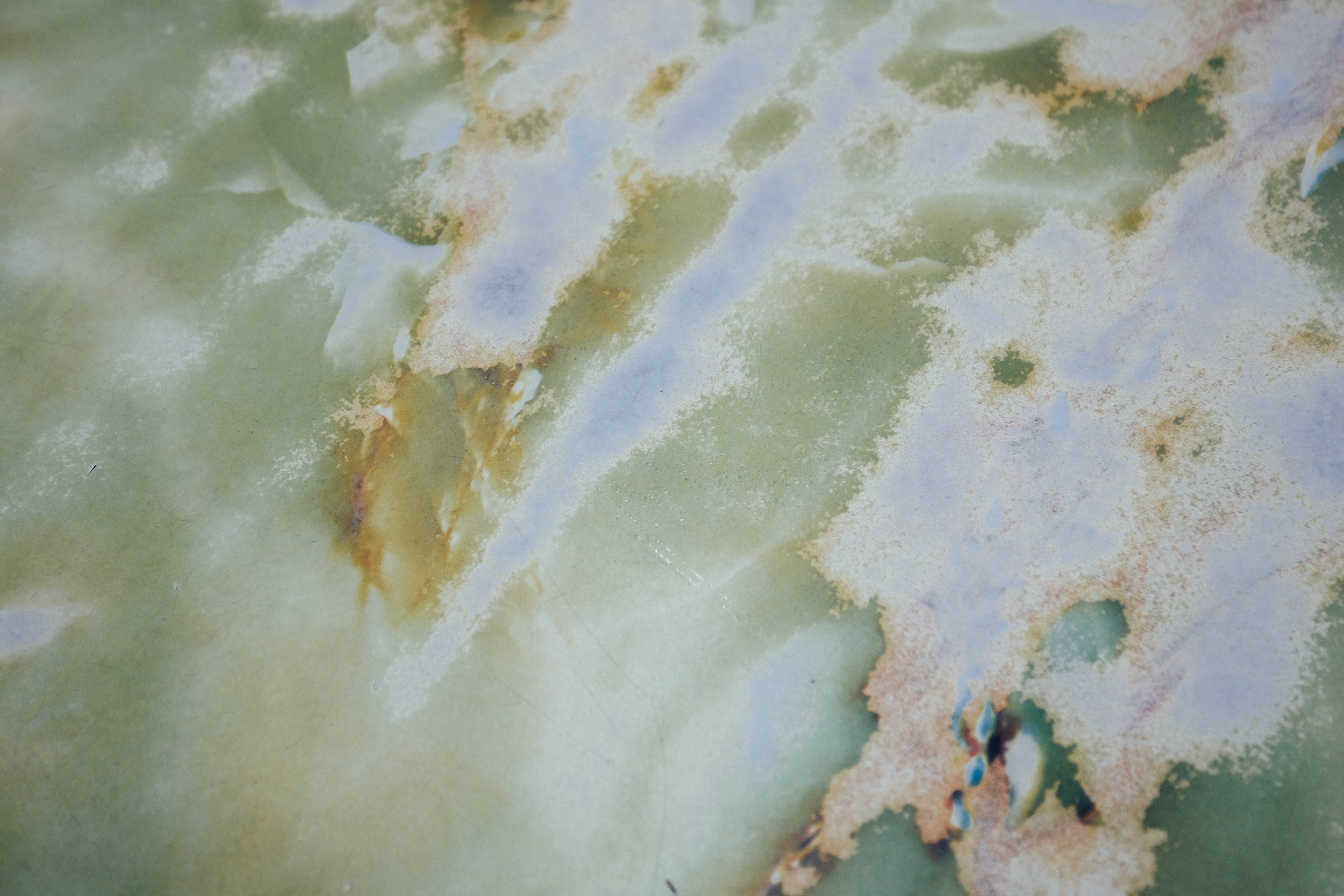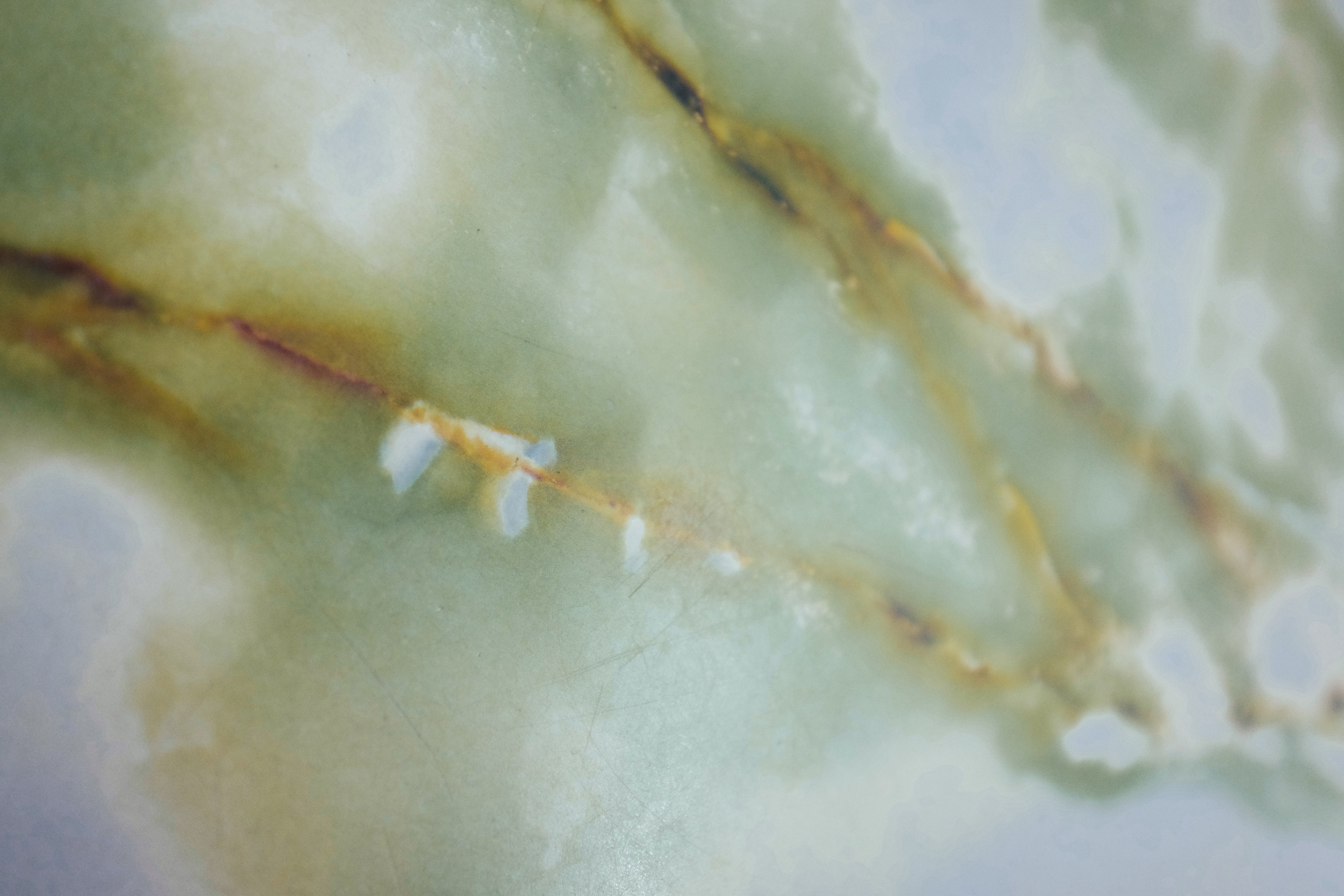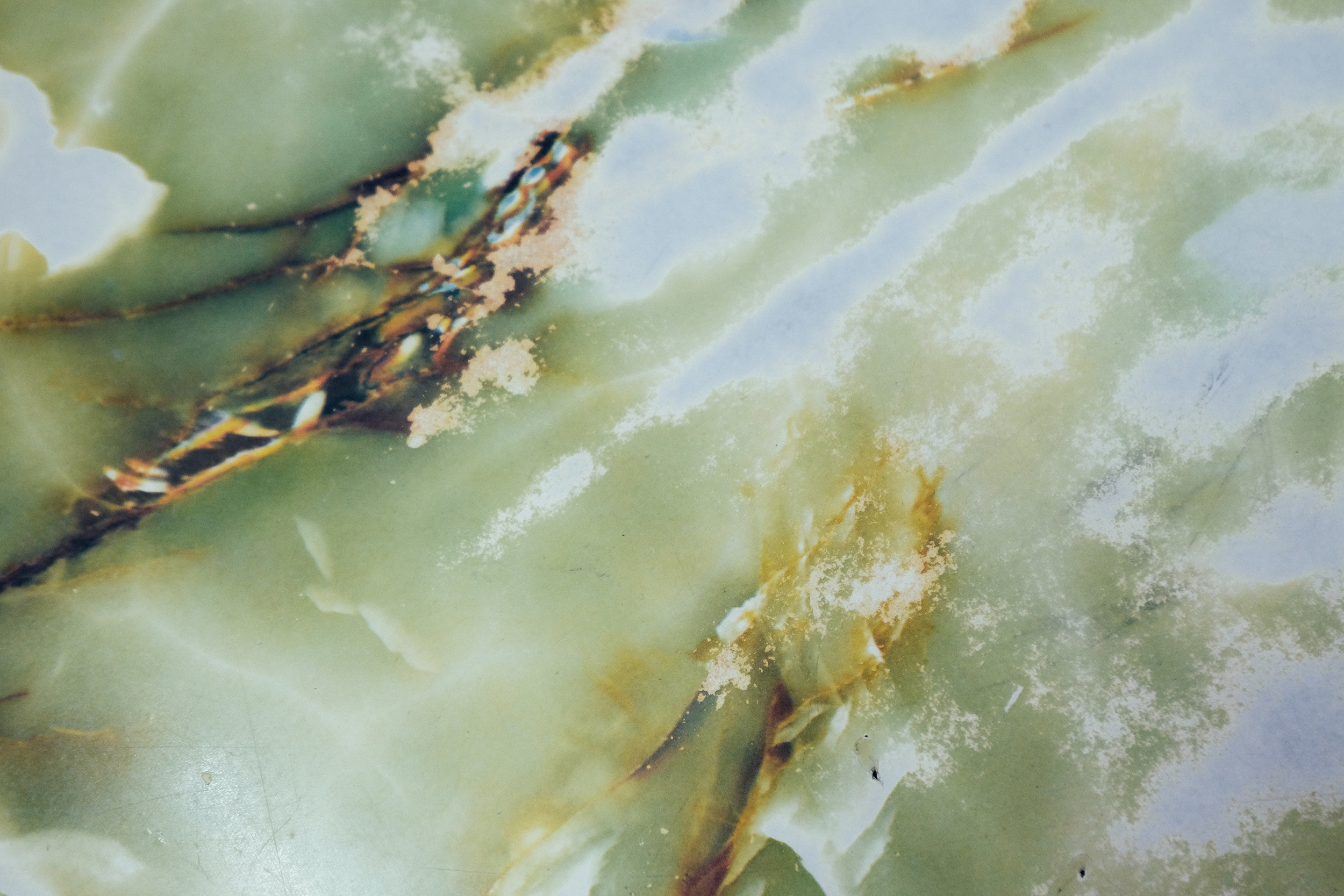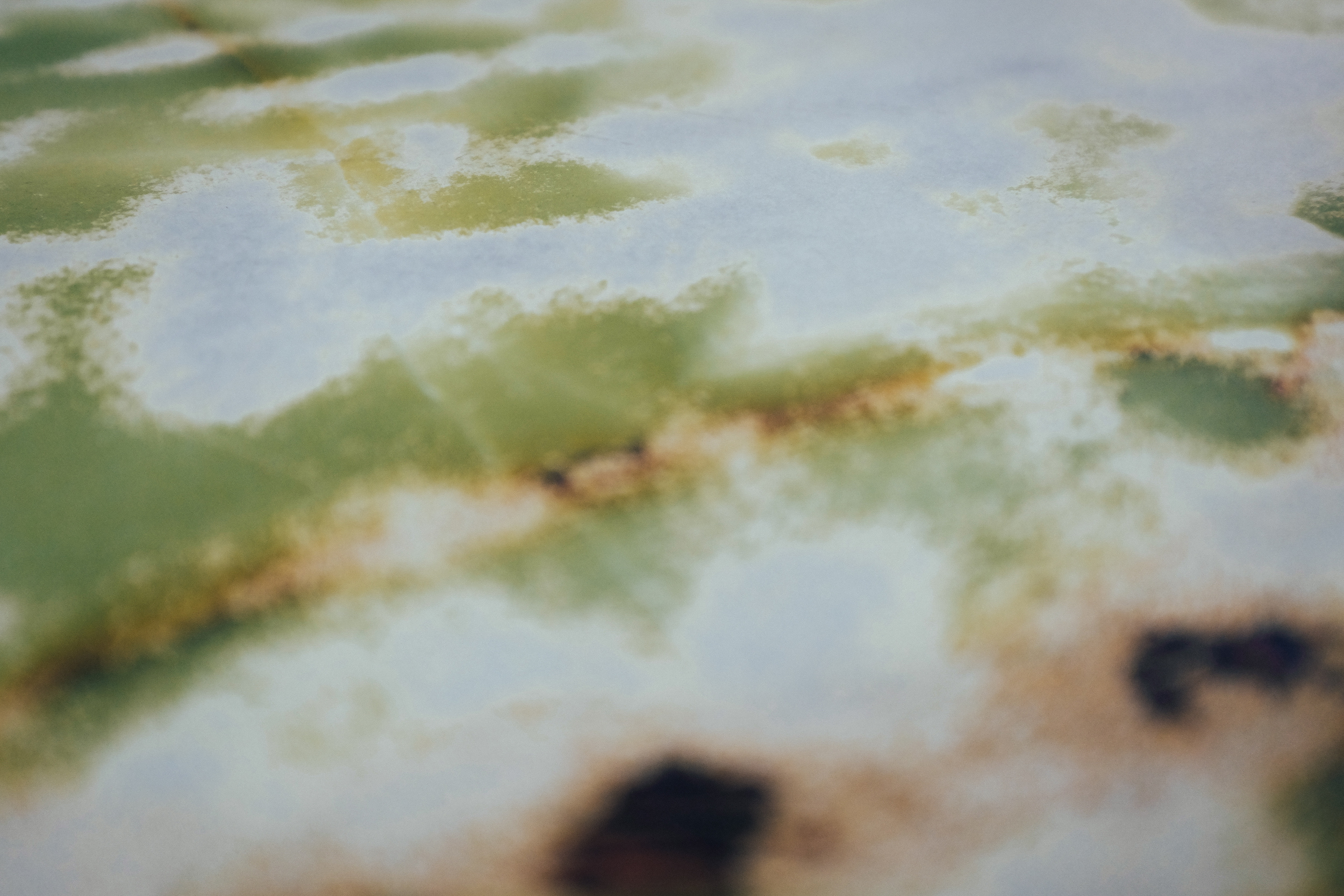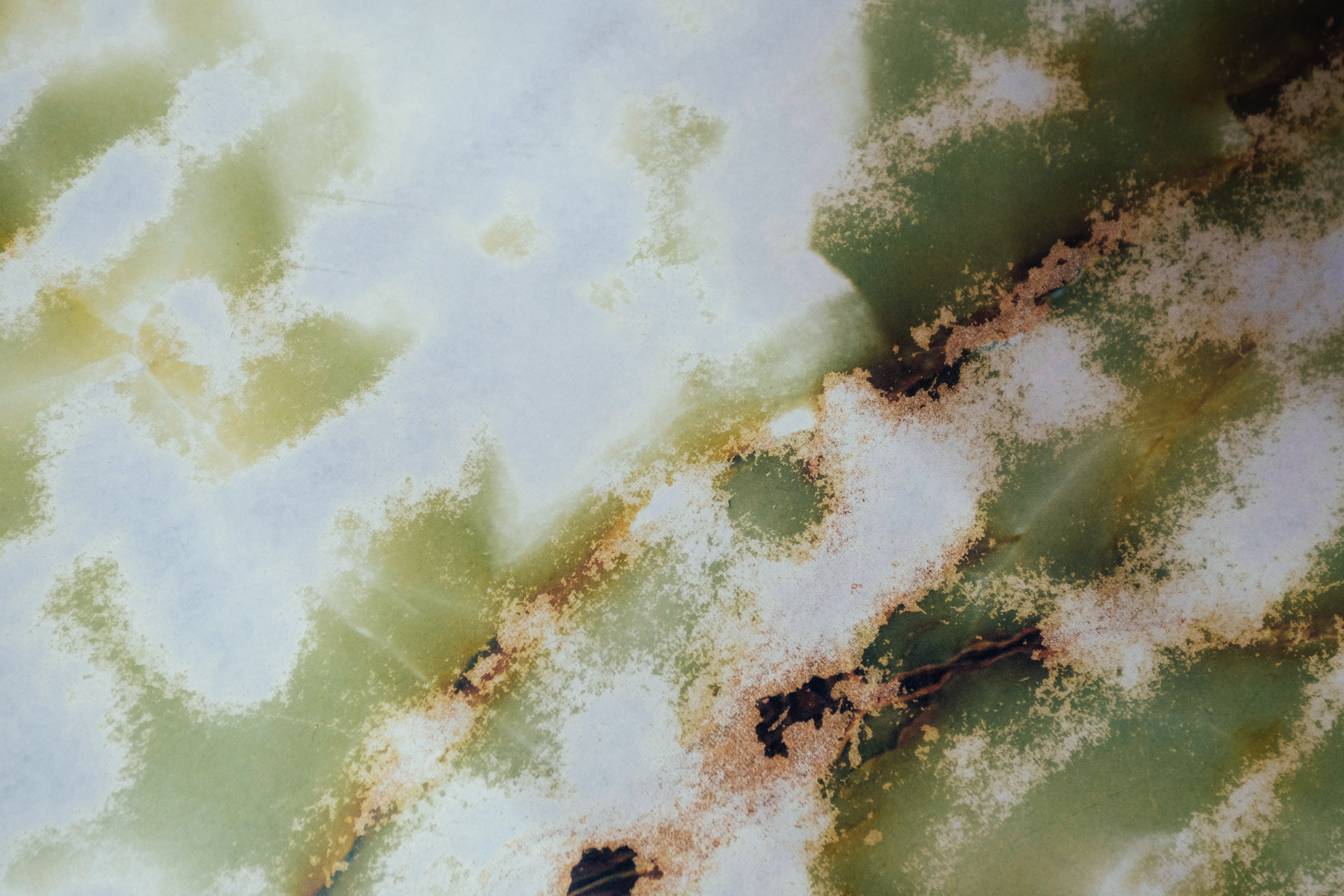ART?
Its very definition is nebulous; as fluid as the freelancer’s schedule and as malleable as the PR exec’s spin on the launch of a product upgrade. It would seem that its appreciation, too, is variable. That how one views art is subjective is indeed true because I don’t suffer performers taking an hour to walk (slowly) across a stage, but some others would. We might joke about people staring at a blank wall and crying uncontrollably because they felt the artwork talk to them.
But, I found myself wanting to cry uncontrollably as I surveyed a series of photographs earlier in May at Artspace@222 in Singapore. They were photographs of the edges of things. That is all I’m able to muster up as a description. They were shot in black and white although they looked more like white on grey. Or grey on white. I think the word is “monochrome”. I wanted to cry uncontrollably because I was lamenting the lack of effort and the disregard for the viewer’s time. I found myself having to read the caption card because I just couldn’t see the edges for the art.
Does that make me a fuddy-duddy? A conventionalist, traditionalist, uncool, unhip person who can never be labeled an “appreciator of art”? Do I deserve to walk through the spaces of a gallery?
Vikas Kailankaje, principal designer at Studio VBK, has this to say:
“I welcome challenging artworks, but I believe that there ought to be something in a work of art that speaks to me without the need for a caption card. Even if the artwork deals with a subject matter that is unfamiliar to me, there must be some emotive or visual quality that compels me to take an interest in the work before me. When an art show or artwork relies on ‘clever’ captioning and titling to grab my attention, it bothers me. I have an issue with artists who look to institutional mechanisms for legitimacy instead of focusing on producing engaging works.”
Ah. The spin. This might be where the knack for making a theme suit a piece of work rather than the other way around comes into play.
Does a good spin or preamble make good art? And this begs the more fundamental question, “What is art?”
Is spewing one’s vomit of coloured milk onto a canvas or another person art?
Is pressing wads of bank notes against one’s crotch art?
Or is a film about a legendary kungfu master who started Bruce Lee on his journey of pugilistic greatness art?
Or is perhaps a solo contemporary dance piece performed to the haunting musical accompaniment of Hozier’s “Take Me To Church” art?
My opinion sits in favour of the film and the dance. They offer only a product born of hours of deep thought, conceptualising and practice, practice, practice. I don’t necessarily have to understand nor agree with nationalistic undertones or the one grand jeté too many, but I do appreciate the attention to plot, detail and aesthetics. More important, I value and appreciate the perceived effort that goes into the final product, whatever the genre or medium.
Vikas Kailankaje: “This problem [of clever captioning] is aggravated by artists who are not invested in the production. Deliberation and durée are naturally part of the creative process – a lacking in this area is evident when a work buckles quickly under scrutiny.”
A piece of work that might “buckle under scrutiny” is quite likely one that requires a forced explanation of the content.
ANYONE WITH A CAMERA IS A PHOTOGRAPHER
Or anyone with a blog is a writer. Egad.
I asked Joleen Loh, a talented and progressive curator, what criteria and boundaries matter to her when deciding what qualifies as art:
“Some criteria that matter to me are the intentions of the artist or producer of the work, their relationship to historical trajectories to art and the various openings or fractures they might make to it, and the social-historical context of the work and its production.
“I look for artists who have shown a deep artistic or intellectual interest in the issues raised by the scope of the exhibition or event, and are able to make complex expansions and connections to it. For instance, when I was conceptualising the exhibition ‘SOUND: Latitudes and Attitudes‘ together with Bani Haykal, it was important for us to historicise the contemporary sonic practices that we were presenting in order to historically situate the various modes of experimentations within the confluences and interactions between the music and performance art scene in Singapore from the 1980s onwards. To this end, we proposed a collaboration between the artist-archivists Mark Wong and Koh Nguang How - the former has been involved in the music scene for a long time and the latter had developed a significant archive of performance events and exhibitions in Singapore at the time.”
"STAIN"
The very idiosyncratic nature of art lends itself to the diverse pool of opinions about it. Marvellous, poor, useless, pointless, cutting-edge and countless other adjectives have been thrown at paintings, sculptures, installations and performances.
So, I present to you my series of photographs taken of a table at a coffeeshop in George Town in Penang. I had just finished lunch and was feeling a little sleepy. The green swirls of the table lulled me into a contemplative state. These photographs were taken by Marc (my concept, though) as I watched my Facebook News Feed load.
Artist: Carol
Title: Stain
Medium: Digital photography
Dimensions: 300cm x 150cm x 6
Artist Statement:
“The modern life is distinguished by confluence, flow and synergistic meetings and simultaneously replete with confusion, boredom and aimlessness. Our constant striving for perfection and validation wear us thin, insidiously. One’s life is marked by the stench of sweat, the pain of toil and the stain of humanity.”
